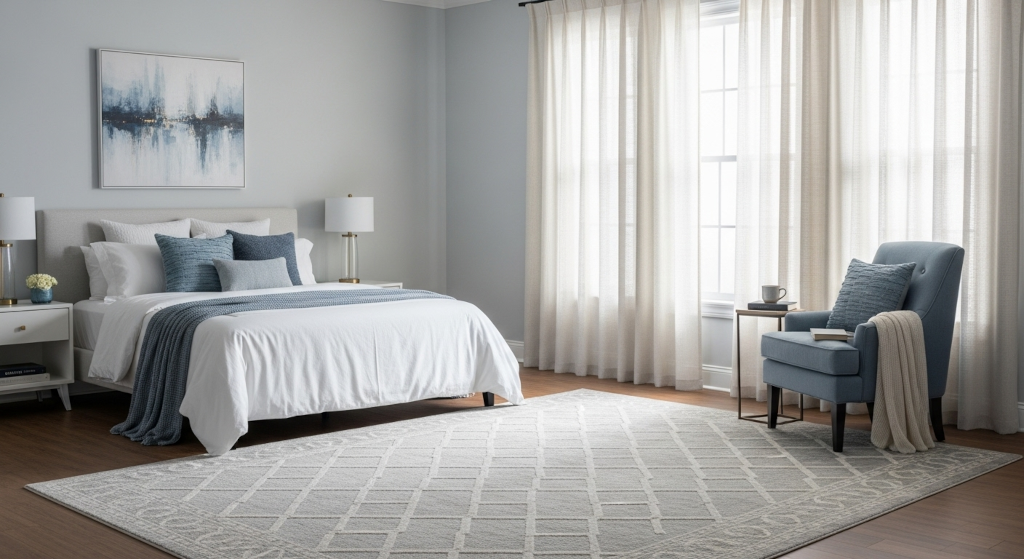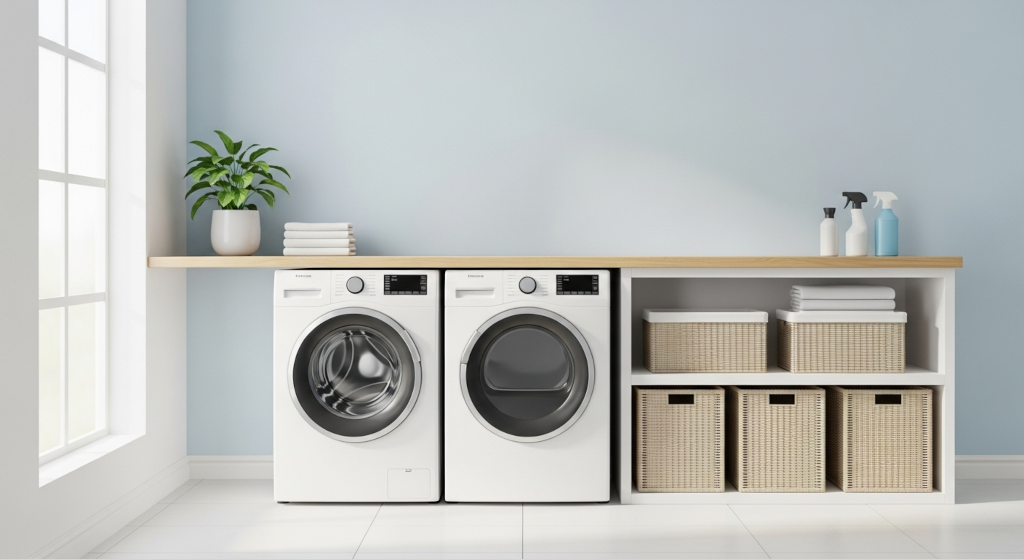Using an odor neutralizer indoors might seem simple. You spray it into the air and move on. But to get the best results, especially with stubborn smells, it matters how you use it, where you apply it, and how often you repeat the process. A few smart techniques can turn a quick spritz into a real solution for long-lasting freshness.
Whether you are dealing with lingering food smells, pet odor, musty fabrics, or the after-effects of a crowded gathering, these best practices will help you eliminate the odor at the source and create a home that truly feels clean.
Understand What You're Spraying
Not all sprays are the same. Many products on store shelves are labeled as air fresheners, but most of these simply add fragrance to the air rather than treating the odor itself. That might smell pleasant for a while, but the source of the smell remains.
Odor neutralizers, on the other hand, are designed to break down or bind to the molecules that cause bad smells. Look for options that are non-toxic, fabric-safe, and designed for real odor removal. Enzyme-based or plant-powered formulas tend to be more effective on organic smells like food, pets, and smoke.
Treat Surfaces, Not Just the Air
One of the most common mistakes is spraying only into the air and expecting a full solution. In reality, many odors settle into soft surfaces like carpets, furniture, curtains, and even clothing.
If a room has an ongoing smell, locate the surfaces most likely to be holding onto it. Spray directly onto those areas using a light, even mist. This is especially important for soft materials that cannot be laundered easily. Always test the product in an inconspicuous spot first to ensure it does not affect color or texture.
Apply Light Layers Instead of Heavy Sprays
When using odor neutralizer on fabric or furniture, more is not always better. Oversaturating surfaces can leave moisture behind and create a damp smell. Instead, spray in light passes. For most materials, one or two sprays per section is plenty.
Let the area dry naturally and wait before deciding if more treatment is needed. Some odors may require a second round, but a gentle layered approach prevents buildup and keeps fabrics fresh.
Circulate the Air After Spraying
Once you’ve treated the room or surface, allow for airflow. Open a window if possible or use a fan to gently move air through the space. This helps spread the neutralizer, encourages drying, and keeps the space from feeling stuffy.

Air movement also prevents moisture from settling in any one area and supports the breakdown of lingering airborne particles. Even ten to fifteen minutes of circulation can improve the outcome significantly.
Focus on High-Use Zones
Some odors build up slowly in the areas we use the most. Think about door mats, kitchen rugs, pet beds, trash areas, and hallway runners. These spots collect foot traffic, spills, oils, and dust, all of which contribute to a stale or unpleasant smell.
Add these high-traffic zones to your regular neutralizing routine. A few light sprays once or twice a week can prevent smells from setting in and keep those problem areas under control before they get worse.
Match the Product to the Surface
Before spraying anything, make sure the formula you’re using is right for the surface you plan to treat. A general-purpose neutralizer may be fine for most fabrics, but certain formulas are made specifically for hard surfaces or air treatment.
Check that your spray is safe for fabric if you're working with upholstery, cushions, or curtains. For kitchens, trash zones, and entryways, use a neutralizer that can handle residue on non-porous surfaces. Avoid using any spray on electronics, unfinished wood, or delicate materials unless the label says it is safe to do so.
Combine With Regular Cleaning
Odor removal is most effective when paired with basic cleaning. Pick up clutter, wipe down counters, remove garbage, and vacuum or mop floors before applying any neutralizer. If you skip this step, the spray has to work harder to compensate for odors that are still actively building.
Once the area is clean, a light spray helps prevent new smells from taking hold. It also reinforces that just-cleaned feeling and adds a final touch to your routine.
Better Results Start With Smarter Spray Habits
Odor neutralizers are most effective when used with intention. That means focusing on the surfaces where odor begins, applying light layers, and encouraging airflow to support the process. A targeted approach is far more effective than a few sprays in the air followed by a scented candle.
By treating fabric, freshening air, and reinforcing your cleaning routine, you can eliminate household odors naturally. Whether it’s post-meal, post-pet, or post-guest, your home can smell clean without ever smelling overdone.








